SPACE

SpaceX to Launch Satellites Into Polar Orbit & Continue the Starlink Mission
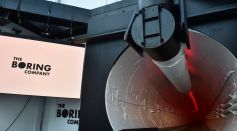
5 Companies Involving Elon Musk and What They're Up To

Hubble Telescope Maps Andromeda's Giant Halo
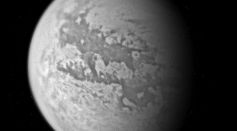
Concept Submarine May Explore Titan's Seas by the 2030s

ULA Scrubs Delta IV Heavy Rocket Mission NROL-44

Sleeping in Space: Microgravity Changes the Sleep Structure of Astronauts in Space
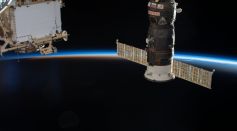
Massapanspermia Theory: The Transfer of Bacteria Between Planets

British Scientists Use AI to Identify New Planets
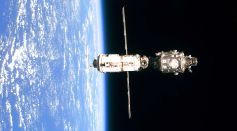
The 9th ISS R&D Conference Is Opening This Week, but This Year's Setup Is Different
James Webb Space Telescope Just Completed Its Initial Pre-Flight Testing
Jeanette Epps Set to Be the First Black Woman to Join ISS Crew

Dr. Katie Mack Presents Five Possible End Scenarios for the Universe
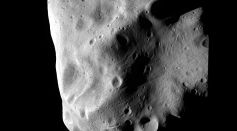
An Asteroid Is Moving Towards Earth on Election Day Eve

California Wildfires Visible From Space, Astronaut Sends "Thoughts and Prayers"
Most Popular

Universe Origin Revealed: Exploring the Latest Big Bang Science Theories and Discoveries

Big Bang Physics and Cosmology: Can Science Really Explain the Origins of the Universe?

Space Tourism Future: How Commercial Space Travel Will Transform Civilian Exploration

How Space Observation and the Solar Light Spectrum Make the Sun Look Different in Space Than on Earth





